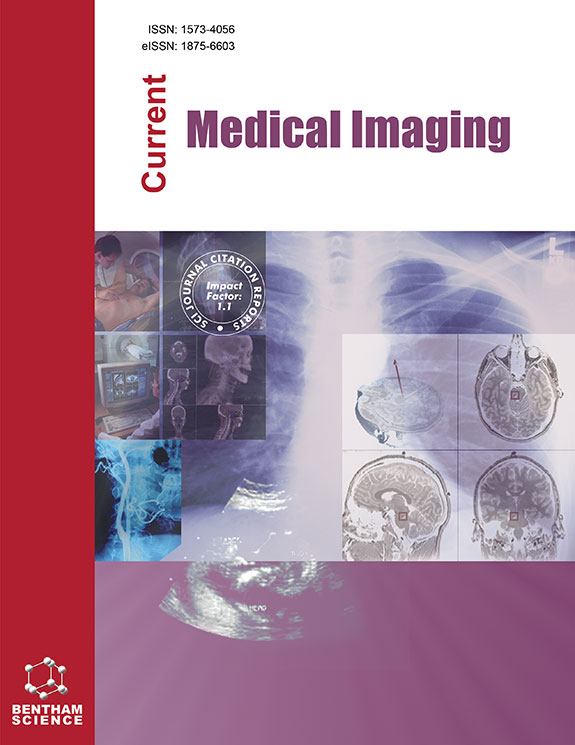Submission Tilte
AI-Driven Diagnostics in Radiology and Medical Imaging
Submission Abstract:
Medical imaging data, such as X-rays, MRIs, ultrasounds, CT scans, and DXAs, can be analysed by AI algorithms to help healthcare professionals identify and diagnose diseases more rapidly and accurately. Among the most cutting-edge applications of artificial intelligence (AI) in healthcare are imaging-related applications like cancer detection. AI could revolutionise illness prevention, early diagnosis, and treatment, enabling the NHS to deliver better care and quicker access to treatment. AI also improves diagnosis accuracy. Artificial intelligence (AI) systems are able to recognize patterns and abnormalities that the human eye might miss by analysing large databases of medical photographs. This improved precision is essential for lowering false positives and guaranteeing that patients get the right care on time. X-rays, MRIs, and CT scans can be analysed by AI algorithms to find and highlight possible problems like tumours, fractures, or anomalies. In addition to ensuring early detection, this expedites the diagnostic process.
Artificial Intelligence (AI) is expected to significantly impact the medical imaging market and, by extension, radiologists' work, enabling them to diagnose patients more accurately, expedite scan times, and reduce workloads. Better patient outcomes are probably the end result. Clinicians in India and around the world are using Automated Retinal Disease Assessment (ARDA) to assist them in identifying diabetic retinopathy, a primary cause of blindness. AI systems, for instance, are capable of analysing medical pictures, including MRI and X-rays, to find patterns and abnormalities that a human healthcare professional might overlook. Better patient outcomes may arise from earlier and more precise diagnoses. AI systems can help doctors diagnose patients more precisely. For example, AI-driven radiology technologies may accurately and quickly identify abnormalities in imaging scans, enabling earlier and more precise diagnosis. Artificial neural networks imitate the pattern recognition mechanism of the brain. Convolutional neural networks, or ConvNets, are particularly good at recognizing patterns and objects in data. The neurons are a specific type of cell that functions similarly to the human eye. Although there are strong arguments to suggest that radiologists should be replaced by AI systems, it is more likely that these technologies will augment radiologists' roles rather than take them over entirely.
AI is thought to be an optimising tool that helps the radiologist identify questionable results from imaging exams, diagnose the patient, select a customised patient protocol, monitor the patient's dose parameters, estimate the radiation risks, and reduce diagnostic errors. Numerous workflow processes in radiology and pathology, including image analysis, report preparation, and communication with other medical experts, can be automated and streamlined with the use of artificial intelligence. It creates new opportunities for enhancing patient care, streamlining processes, and raising the accuracy of diagnosis. Neural networks, deep learning, and machine learning are a few of the technologies that enable artificial intelligence. These technologies enable computers to learn from data and behave intelligently like humans. AI has the potential to help develop novel methods for illness diagnosis, treatment, prediction, prevention, and cure, according to Mayo Clinic. One possible way to do this would be to match the most promising clinical trials with the patients that are chosen. All disciplines and viewpoints are welcome to contribute, including but not limited to: AI-Driven Diagnostics in Radiology and Medical Imaging.




